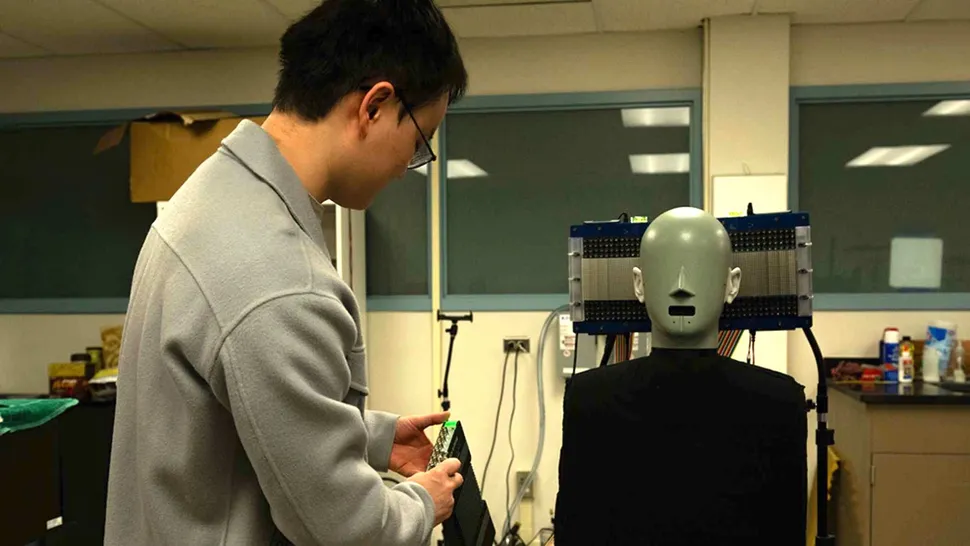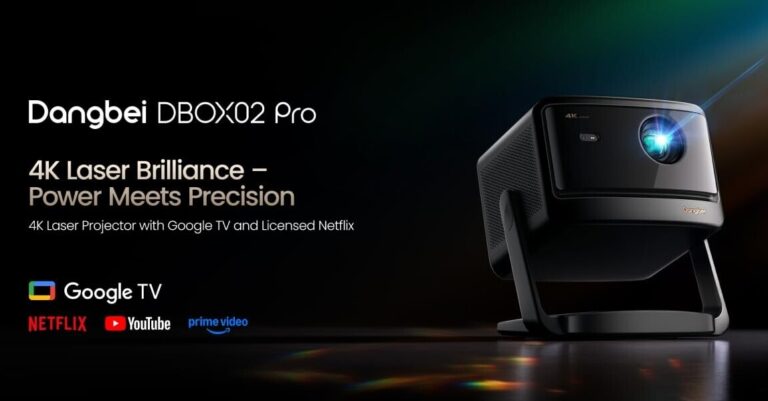
Could the multi-billion-dollar headphone industry be on the verge of collapse? If scientists can refine their latest breakthrough, that future may not be far off.
We’re all used to listening to music and audio through speakers or headphones. Whether enjoying immersive sound in a concert hall or keeping things personal with wireless earbuds, audio tech has always required some form of hardware. But what if you could enjoy private listening—without the need for headphones at all?
Enter ‘Audible Enclave,’ a revolutionary new technology developed by researchers at Pennsylvania State University. This cutting-edge system uses ultrasonic waves to create isolated sound pockets, allowing only the intended listener to hear the audio—no headphones required.
How Does It Work?

Audible Enclave operates similarly to advanced beamforming and wave field synthesis technologies found in top-tier music venues like The Sphere. In those environments, sound is directed to specific areas, creating a personalized listening experience for each person in the audience.
With this new tech, inaudible ultrasonic waves are directed through specially designed metasurfaces—acoustic lenses equipped with microstructures that precisely bend sound waves. When these waves intersect, they generate vibrations in the air that are converted into audible sound, but only for those positioned at the exact right location.
A Virtual Headset Without the Headphones

Image credit: Penn State
“We essentially created a virtual headset,” said Jia-Xin “Jay” Zhong, a postdoctoral scholar in acoustics at Penn State. “Someone within an audible enclave can hear something meant only for them—enabling sound and quiet zones.”
So far, the technology allows sound to be transmitted up to one meter at around 60 decibels, roughly the volume of normal conversation. While this may seem limited, it’s already in line with how most people use wireless headphones—keeping their devices within arm’s reach.
What’s Next for This Game-Changing Tech?
Researchers believe that increasing the intensity of the ultrasound waves could expand both the range and volume of the transmitted sound. If successful, this could lead to:
- Personalized audio at concerts and events—imagine each attendee experiencing their own tailored mix without the need for earbuds.
- Seamless mobile integration—smartphones could beam music directly to users without requiring Bluetooth headphones.
- Outdoor and public applications—listening to music or podcasts while walking down the street or sitting in a park without the need for any wearable hardware.
One major advantage? Users would no longer experience the social “detachment” that comes with wearing headphones. They’d still be fully aware of their surroundings, able to engage in conversations while enjoying their personal audio.
A Future Without Headphones?
While the technology isn’t ready for mass adoption just yet, its potential is undeniable. With major smartphone manufacturers and audio brands likely watching closely, Audible Enclave could spark a major shift in the way we experience sound.
Could we be saying goodbye to traditional headphones sooner than we think? Only time will tell—but the future of audio is looking more wireless than ever.




